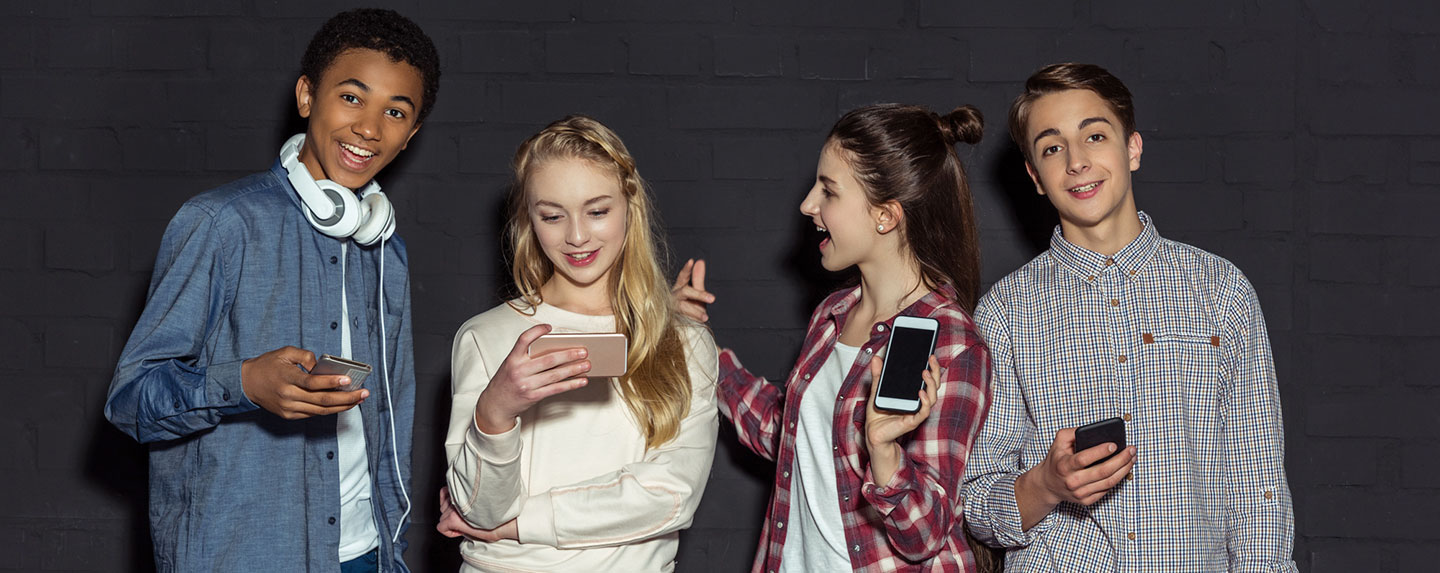Though 2020 was a difficult year, it has certainly allowed us to better understand the world we live in and the people we share it with. With the COVID-19 outbreak allowing only limited face-to-face interactions, our dependence on digital platforms for communication rose exponentially. Companies were forced to adopt digital transformation strategies in order to recapture their audiences’ attention. Consequently, these organizations have been presented with an opportunity to better connect with the digital natives themselves, Gen Z.
Gen Z has never known a world without the internet. They were born just as the world’s tech giants really began to gain traction, between 1997 and 2012. For them, shopping online, sending emails, and posting pictures on Instagram are just normal occurrences in their everyday lives. For them, the digital realm and the physical realm are one and the same. Even so, the social restrictions of the pandemic have had a major impact on the way Gen Z communicates over social media platforms, fueling their appetite for positive and uplifting entertainment, their desire to create their own content, and their need to stay connected with others.
Perhaps the most drastic change in social media behavior has been over TikTok, the app that allows users to generate short videos on any topic. Initially, the main allure of the app was its entertainment value and its ability to serve as a creative outlet. During the COVID-19 stay-at-home order, when morale was low and boredom was high, people found themselves turning to this app more and more. TikTok saw a 576% increase in average monthly visits between 2019 and 2020 (1). As the popularity of the platform grew, people began to rely on the app for shopping inspiration, and it is easy to see why. The algorithm suggests recommendations based on users’ activities and preferences, thereby cultivating a much more personalized shopping experience. Additionally, the circulation of hashtags to create “TikTok communities” simultaneously allows users’ to identify with people of similar interests and also serves as a niche campaigning strategy.
Snapchat, another popular social media app among Gen Z, has also begun to diversify into various other markets, though the app was originally designed for people to share special moments through pictures. During the peak of the COVID-19 pandemic, Snapchat became one of the closest substitutes for face-to-face interactions. In fact, the company boosted their daily active users by 11 million in the first quarter of 2020, reaching a total of 249 million by the third quarter (2). While people predominantly relied on the app to maintain contact with close friends and family, the company also began to see elevated engagement with the Snapchat AR lenses and Snap Games. More recently, Snapchat has utilized their augmented reality filters to adopt a “Product Experience Lens” which emulates the try-on aspect of shopping experiences. In time, this may encourage consumers to expand their usage of the app to shop for products such as apparel, accessories, and even cosmetics.
TikTok and Snapchat were not the only social media platforms that saw a radical change in user interaction during the outbreak. Reduced contact with the outside world led to an increased reliance on Instagram as a news source. This was especially true for Gen Z, who were already active users of Instagram. Their preference for visual images over long-winded texts made the social channel a more appealing choice than trusted news agencies such as The New York Times. In fact, a 2020 study revealed that 47% of the U.S participants had used social media as a news source, which was a 5% increase from the previous quarter. Furthermore, 26% of the U.S participants between the ages 18 and 24 favored Instagram as a news outlet as opposed to Snapchat or TikTok (3).
As the coronavirus came to its peak, it became increasingly evident that while social media platforms can serve as a tool to sway public perception, they can also bring people together. Instagram influencers deviated from their usual promotional content, to display their more compassionate and relatable side. A whopping 42% of social media users admitted that since the pandemic had begun, there had been less pressure to portray unrealistic images of their life online (4). Even some of the world’s most influential figures began posting photos of their favorite quarantine hobbies and sharing recipes, which revealed a surprising trend: this type of content had elevated engagement, signaling to brands and businesses that authenticity should be at the forefront of their marketing strategies. Hence, though Instagram began as a platform for sharing artistic photos and videos, it has also evolved into a medium for organizations and individuals to increase their exposure and sales.
Social media platforms have become multi-dimensional. It seems that Gen Z’s employment of social media as a tool to communicate with other people has graduated to application of these social platforms to connect with brands as well. They are gradually veering away from e-commerce and gravitating towards social commerce. According to the Status of Social Commerce Report 2021, “97% of Gen Z consumers use social media as their top source of shopping inspiration.” (5) Thus, companies that are able to utilize social media platforms such as TikTok and Snapchat to showcase genuine, organic content are more likely to be successful in attracting this audience and driving brand awareness. Moreover, the addition of gamification elements such as Snap Games may be useful in engaging consumers and encouraging them to continue interacting with the brand. Whatever comes next, it is clear that Gen Z and the social media platforms they engage with are intertwined in a feedback loop where behavior and technology are pushing each other to define the next era of social interaction.
Works Cited:
- https://www.vox.com/recode/22295131/social-media-use-pandemic-covid-19-instagram-tiktok
- https://www.statista.com/statistics/545967/snapchat-app-dau/
- https://reutersinstitute.politics.ox.ac.uk/sites/default/files/2020-06/DNR_2020_FINAL.pdf
- https://blog.gwi.com/chart-of-the-week/social-media-amid-the-outbreak/
- https://theinfluencermarketingfactory.com/wp-content/uploads/2021/03/social-commerce-report.pdf








